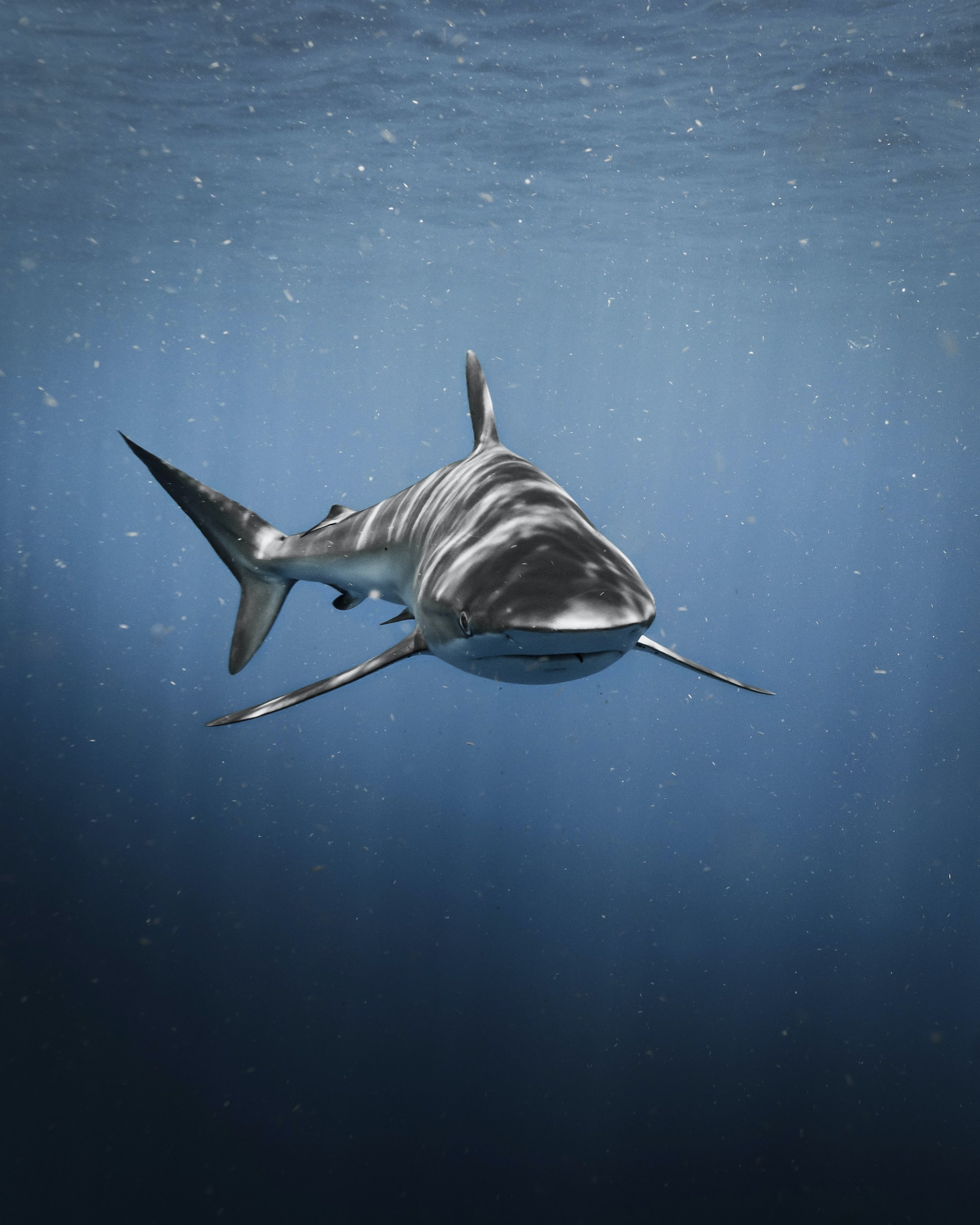
oceans aware: inform, inspire, involve
the more you know about the ocean the more you can do to protect and restore it
High Seas
The open ocean or High Seas, the water in the area beyond national jurisdiction, is the largest ecosystem on Earth: it covers 64% of the ocean and 45% of the Earth’s surface (230 million square kilometres) and supports the largest biodiversity of any other region. The High Seas provide an important habitat for many migratory species, such as whales, seabirds, sea turtles, tunas and sharks. They traverse the ocean, some like the loggerhead turtle crossing the Pacific from Japan to Mexico, others like gray whales migrating from Mexico to Alaska or the Arctic tern which flies 35,000 kilometres from pole to pole.
There may be more species in the deep sea than in all the other environments on Earth combined - by some estimates, as many as 100 million species may live there.
What is threatening the High Seas?
We still know very little about this area, more than 80% of it has yet to be explored. Growing threats to marine biodiversity on the High Seas stem from unsustainable fishing practices, shipping, marine pollution such as plastic, agricultural runoff and noise, and the potential effects of seabed mining. Increases in CO2 have resulted in rising ocean acidity, declining oxygen levels, warming waters and shifting current patterns. These combined stressors are undermining the health and resilience of marine ecosystems and species around the world.
The ecological connection between the High Seas and coastal waters means that impacts on High Seas ecosystems and biodiversity can affect systems closer to shore. Just one example can show this: overfishing of sharks (often just for their fins) has removed the apex predator in some areas of the ocean. With the apex predator removed, predators lower down the list can thrive and their numbers increase, in turn decreasing the levels of their usual prey, having an enormous effect on ecosystems around. Removing sharks can lead to an expansion in macroalgae, against which coral cannot compete, causing a shift with a dominance of algae and a destruction of reef systems. See The Shark Trust for more information on how important sharks are and why they should be protected.
How are the High Seas protected?
When the United Nations Convention on the Law of the Sea was drafted in the 1970s and 80s, international concern was focussed on preventing the use of the High Seas for military gain. With this in mind, peaceful uses of the High Seas were foremost in the minds of the drafters when establishing a regime of freedoms for States to use the area, rather than the protection of its resources. UNCLOS therefore reserves the High Seas for peaceful purposes and no State may exercise control over any part of the area. The freedoms of navigation and overflight, the freedom to lay submarine cables and pipelines and to construct artificial islands, as well as the freedoms of fishing and to conduct scientific research in this area are set down in UNCLOS.
UNCLOS obliges States to cooperate in the conservation of marine living resources in the High Seas by developing appropriate management measures and setting up regional fisheries organizations where appropriate (articles 117 and 118 of UNCLOS). A number of Regional Fisheries Management Organizations (RFMOs) have been established to protect specific areas or specific fish stocks, collecting fisheries statistics, assessing resources, making management decisions and monitoring activities, for example NEAFC in the North Atlantic Ocean, SEAFO in the Southeast Atlantic Ocean and CCAMLR in the Southern Ocean. The UN's Food and Agricultural Organization (FAO) provides technical and administrative support to RFMOs and promotes collaboration and consultation among them.
The international community has recognized that UNCLOS does not sufficiently address the protection and preservation of marine life in this zone and convened an intergovernmental conference to develop an international legally binding instrument on marine biodiversity in areas beyond national jurisdiction. The conference has been drafting a text regulating the areas of the High Seas which will include MPAs as a means to protect, preserve and restore marine life.
dive in deeper
The High Seas and Us
Global Ocean Commission
See the Whale Planner for migratory patterns of whales and where best to watch them
Spotlight on Protecting the High Seas: 30x30
30x30 is a call to action to safeguard at least 30% of the world's ocean by 2030 through a network of highly protected marine areas set aside to protect marine life.
An original call for the protection of 10% of the ocean by 2020 was embedded in Aichi Target 11 under the Convention on Biological Diversity, a target which we failed to meet: today, just under 8% of the ocean is covered by some level of marine protection and only 2.8% of the ocean is highly protected in no-take marine reserves.
More ambitious calls for greater protection of the ocean, at least 30% by 2030, were made at the World Conservation Congress of the International Union for Conservation of Nature in Honolulu in 2016 when 170 States adopted Resolution 50, which supported the 30% by 2030 ocean protection target. With many organizations and alliances around the world, among them Ocean Unite, Campaign for Nature and the Global Ocean Alliance 30by30, putting pressure on governments, the Conference of Parties to the Convention on Biological Diversity embedded the goal in the Kunming-Montreal Global Biodiversity Framework. The High Seas Treaty, while not specifically mentioning the goal, establishes the framework for the creation of High Seas Marine Protected Areas and a procedure which the international community can follow in order to reach the goal.

Chase Baker/Unsplash

